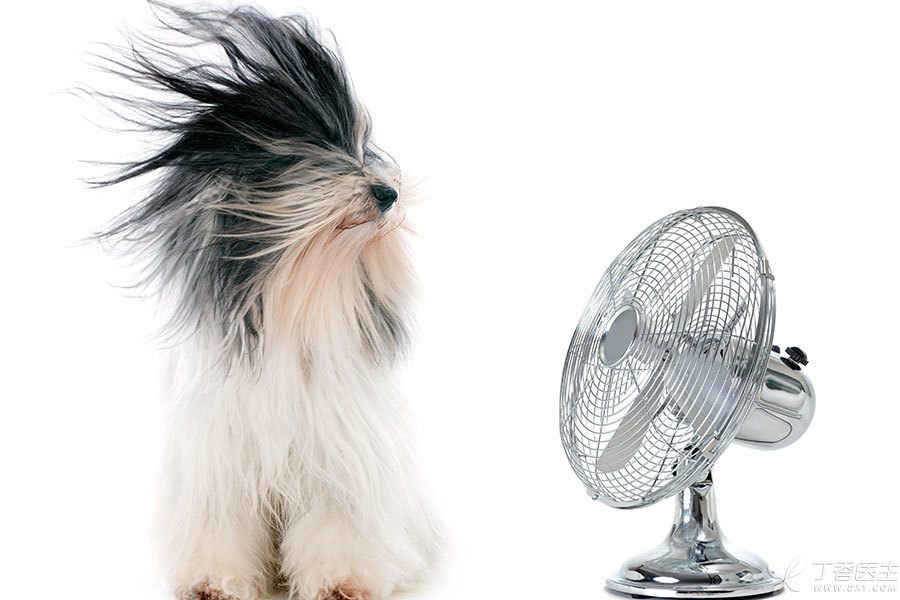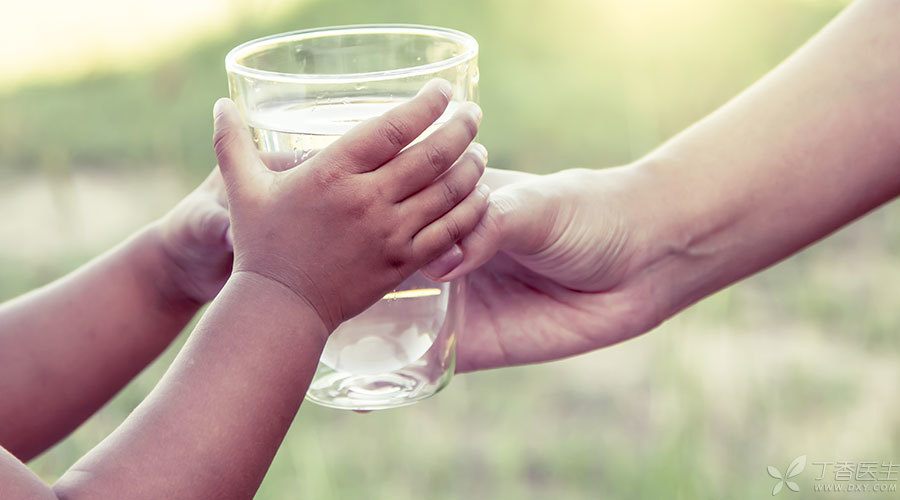
With the appearance of high temperature weather in summer, news of heatstroke will appear in newspapers from time to time, and a large part of them are children suffering from severe heatstroke.
Infants and children are more prone to heatstroke than adults because their thermoregulation mechanism is not mature enough to adapt well to changes in external temperature.
When in the same environment, the younger the child, the more likely it is to suffer from heatstroke early.
Therefore, how to cool down the heat and prevent children from heatstroke has become a topic of special concern to parents.
Does the child suffer from heatstroke show what?
Heatstroke can be briefly divided into mild heatstroke and severe heatstroke according to its severity.
1. Mild heatstroke
When a child is in a high temperature environment, he may suffer from thirst, dry lips and tongue, listlessness and looks a little limp at the earliest.
Some may also have dizziness, trance, numbness of hands and feet, etc. Some children may also have muscle spasms in arms, calves, thighs and other parts, and thus feel pain.
Parents may think heatstroke is far away from us, but in fact it is not. Mild heatstroke may only be manifested as thirst, dry lips and lack of spirit. These manifestations are nothing special and are easily ignored by parents, resulting in the failure to find the heatstroke of children in time.
2. Severe heatstroke
At this time, the child’s symptoms are already more serious, often the complexion will be extremely ruddy, sweaty, the whole body has no strength, may also have relatively strong headache, nausea, vomiting, etc.
At this time, the child’s body temperature may have risen. In some serious cases, the body temperature may even reach above 40 ℃, and convulsions and even epilepsy may occur. Consciousness may be blurred, and even coma may occur in more serious cases.
If severe heatstroke is not treated in time, it is easy to endanger the child’s life.
At this time, what parents need most is to call 120 immediately and send the child to the nearest hospital for treatment.

What if the child suffers heatstroke?
Parents should do this when they find that their children have signs of early heatstroke such as dry lips and tongue, red complexion, trance, listlessness, cramps and muscle spasms:
-
Quickly take the child out of the high temperature environment and take him to a cool place to lie down and rest.
-
Loosen the child’s clothes or directly take off the clothes to dissipate heat.
-
You can use cold water to wipe the bath to cool the child, or fan air conditioning and other auxiliary cooling.
-
To supplement appropriate water, you can choose salty drinks.
-
Be sure to be sent to the nearest hospital immediately when necessary.

How to Prevent Heatstroke in Children
1. Don’t let your child lack water.
At ordinary times, attention should be paid to cultivating children’s good drinking habits and drinking enough water. Don’t wait until they are thirsty to drink water. Children are not sensitive to thirst. When children feel thirsty, they may have lost as much water as 2% of their weight.
Observing the color of children’s urine can help parents judge whether their children are short of water.
Normally, it should be colorless or light yellow. If the urine color becomes darker, it is a sign of water shortage, and the child should be replenished with water in time.
Step 2 Stay cool and refreshing
Wear light-colored clothes that are beneficial to heat dissipation for children, and teach children to increase and decrease clothes according to their own feelings.
Try to stay in cool places, such as home and air-conditioned shopping centers. If you need to go outdoors, try to avoid going out between 10: 00 a.m. and 3: 00 p.m. When you go out, wear sunglasses, wide-brimmed hats and do a good job of sun protection.
STEP 3 Pay Attention to Abnormalities
If the child has symptoms such as rising body temperature, ruddy skin color, shortness of breath, crying but no tears, it may be some reactions of the child’s early heatstroke, and the child should be taken to a cool environment to rest immediately.
4. Don’t leave your child alone in the car
In summer, in cars without air conditioning, the temperature of the car will rise rapidly after being exposed to the sun. Children left alone in the car are likely to suffer from severe heatstroke, lack of oxygen and even die as a result. Click here to see if how can avoid such tragedies.
